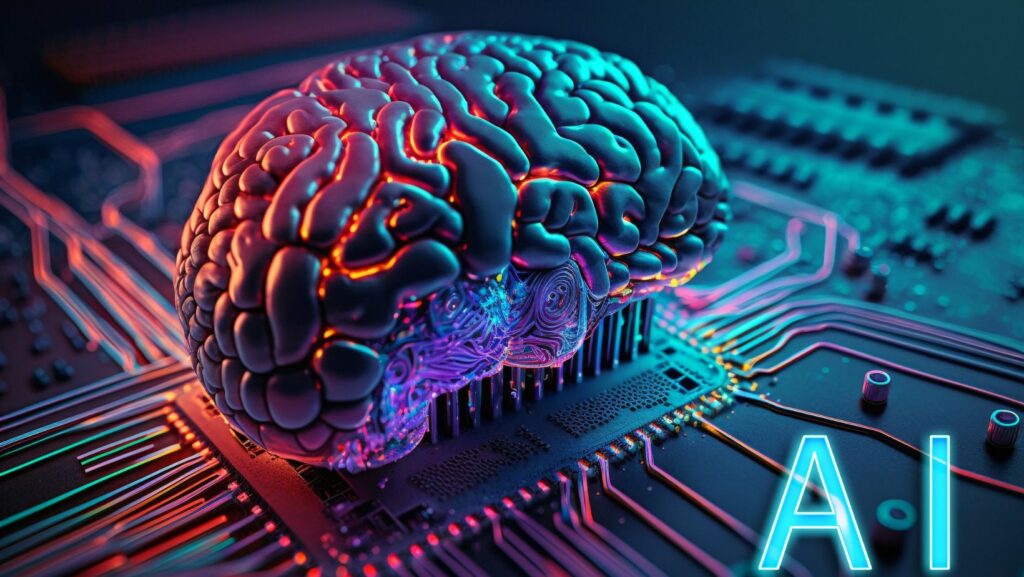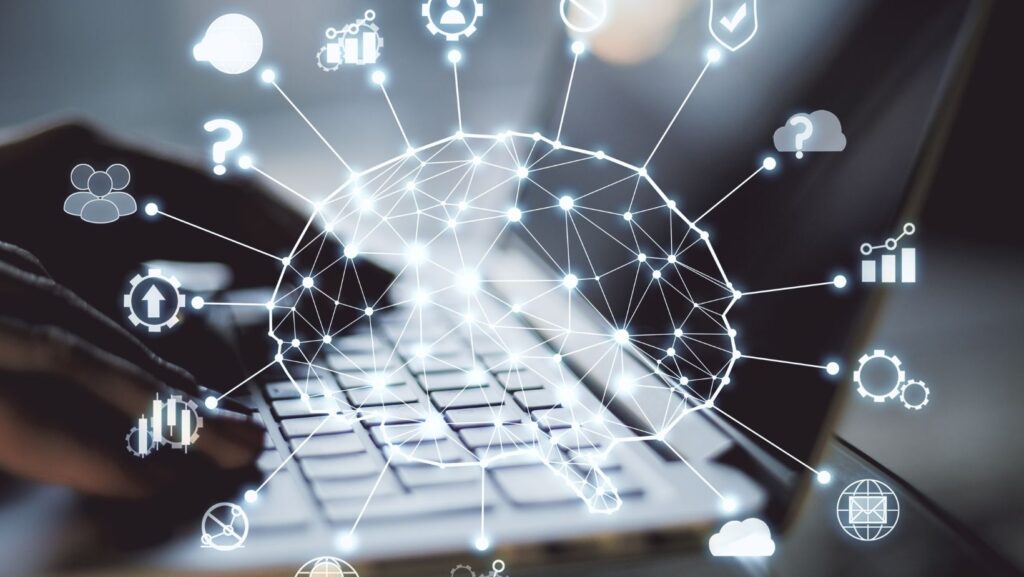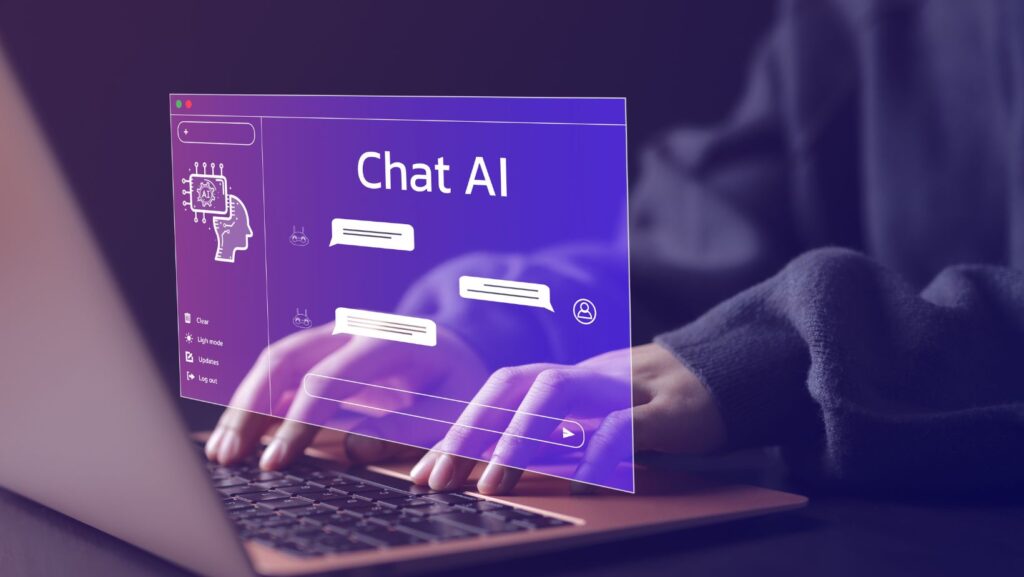Artificial Intelligence Robotics
As an expert in the field of artificial intelligence robotics, I am constantly intrigued by the rapid advancements and innovative applications that continue to emerge in this ever-evolving technology sector. Artificial intelligence (AI) and robotics have merged to create a synergy that is revolutionizing industries ranging from healthcare to manufacturing, with profound implications for society as a whole.
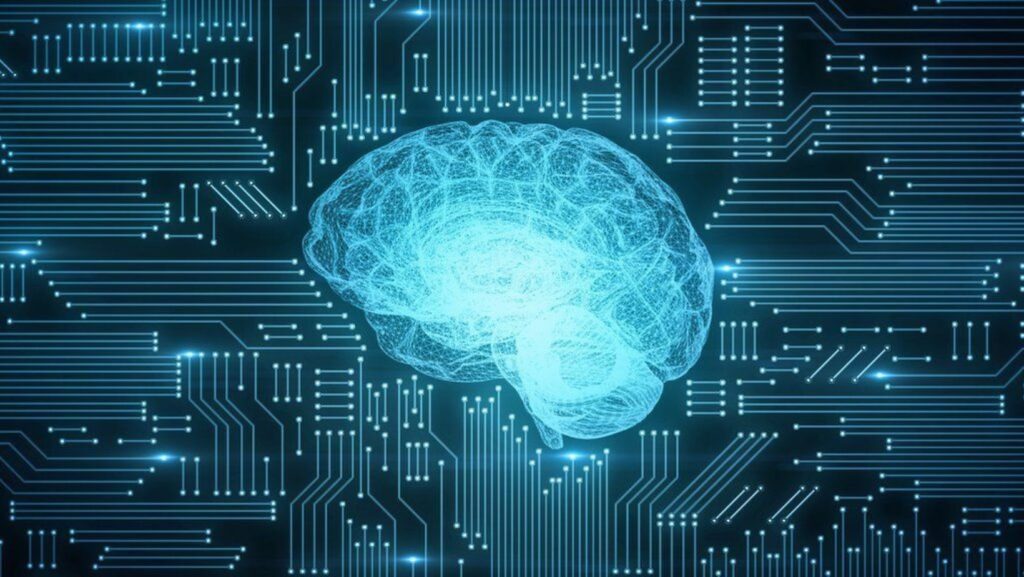
The integration of AI into robotics has unlocked a new realm of possibilities, enabling machines to perform tasks with increasing autonomy and efficiency. From self-driving cars utilizing machine learning algorithms to robots assisting in surgical procedures with pinpoint accuracy, the synergy between artificial intelligence and robotics is reshaping our world in ways previously thought unimaginable.
One cannot understate the transformative impact that artificial intelligence robotics are having on various sectors, driving productivity gains, enhancing precision in operations, and even redefining human-machine interactions. The convergence of AI and robotics represents a paradigm shift that holds both immense promise and challenges as we navigate this era of unprecedented technological advancement.
Evolution of Artificial Intelligence Robotics
Artificial Intelligence robotics have undergone a remarkable evolution over the years, revolutionizing various industries and aspects of daily life. Let’s delve into the key milestones that have shaped the landscape of AI robotics:
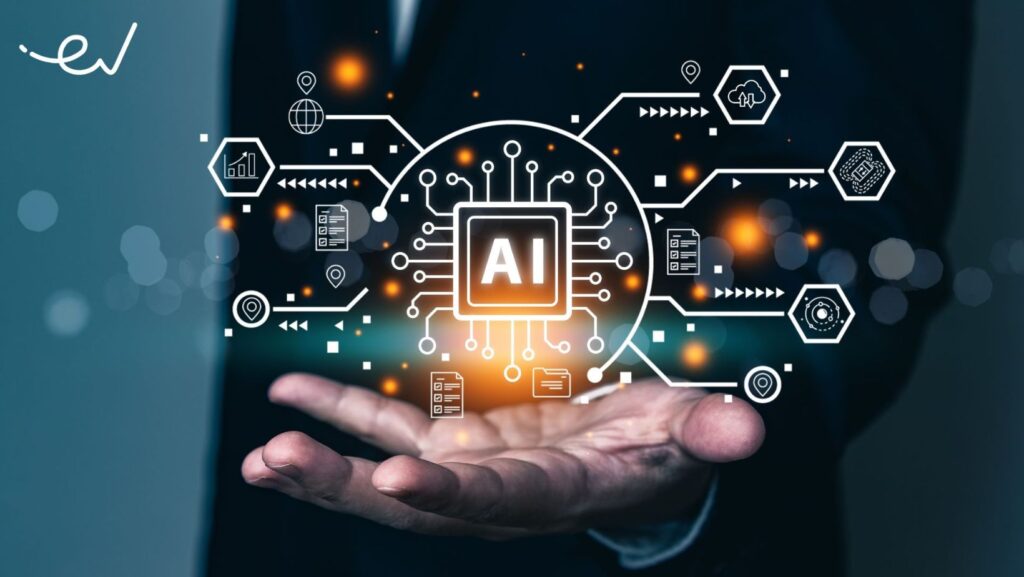
- Emergence of AI in Robotics: The convergence of artificial intelligence and robotics marked a significant turning point in technology. As AI capabilities advanced, robots began to exhibit more autonomy and decision-making skills.
- Integration of Machine Learning: With the integration of machine learning algorithms, robots were able to analyze vast amounts of data, adapt to new situations, and improve their performance over time. This led to enhanced efficiency and productivity in sectors such as manufacturing and healthcare.
- Advancements in Sensory Perception: One of the critical developments in AI robotics was the enhancement of sensory perception. Robots became capable of interpreting their environment through sensors, cameras, and other input devices, enabling them to navigate complex surroundings with precision.
- Collaborative Robots (Cobots): The introduction of collaborative robots, or cobots, revolutionized human-robot interaction. These robots are designed to work alongside humans safely, enhancing productivity and streamlining tasks that require a combination of human dexterity and robotic strength.
- Ethical Considerations: As AI robotics continue to evolve rapidly, ethical considerations surrounding their use have come to the forefront. Discussions on privacy, security, bias mitigation, and accountability are shaping the future development and deployment of AI-powered robotic systems.
The evolution of artificial intelligence robotics underscores a transformative journey towards more intelligent, adaptable machines that hold immense potential for reshaping industries and society as a whole.
Application Areas of AI Robotics
Artificial Intelligence (AI) robotics has revolutionized numerous industries, offering innovative solutions to complex challenges. Let’s delve into the diverse application areas where AI robotics plays a pivotal role:
Healthcare
- Surgical Robotics: AI-driven robots assist surgeons in performing precise and minimally invasive surgeries.
- Patient Care: Robots aid in patient monitoring, medication management, and rehabilitation therapies.
- Diagnosis and Treatment: AI algorithms analyze medical data to diagnose diseases accurately and recommend treatment plans.
Manufacturing
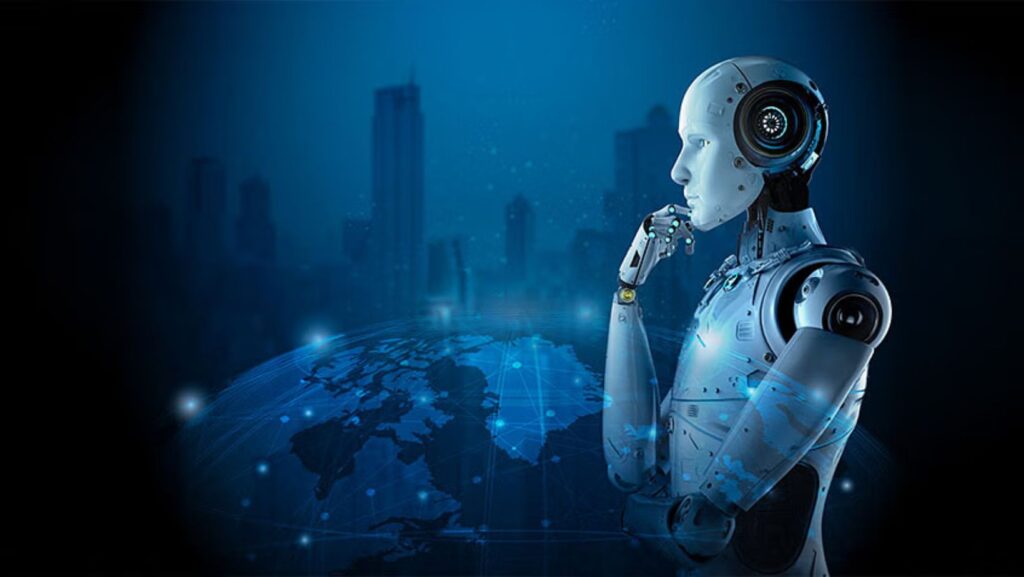
- Automation: Robots equipped with AI optimize production processes, enhancing efficiency and quality control.
- Predictive Maintenance: AI predicts machinery maintenance needs, reducing downtime and preventing costly breakdowns.
- Supply Chain Management: Autonomous robots manage inventory, track shipments, and streamline logistics operations.
Agriculture
-
Precision Farming: AI-powered drones and robots monitor crops, soil health, and irrigation systems for optimal yield, showcasing how AI in agriculture is transforming traditional farming through data-driven precision.
- Harvesting Automation: Robots harvest crops with precision while minimizing waste.
- Livestock Monitoring: AI sensors track animal health, feeding schedules, and behavior patterns for improved farm management.
Transportation
- Autonomous Vehicles: Self-driving cars use AI algorithms and edge AI in cars and automotive applications to support self-driving cars’ navigation, traffic analysis, and collision avoidance.
- Drone Delivery Services: Drones deliver packages efficiently in urban areas using advanced route optimization algorithms.
- Smart Traffic Management: AI coordinates traffic signals based on real-time data to reduce congestion and enhance road safety.

